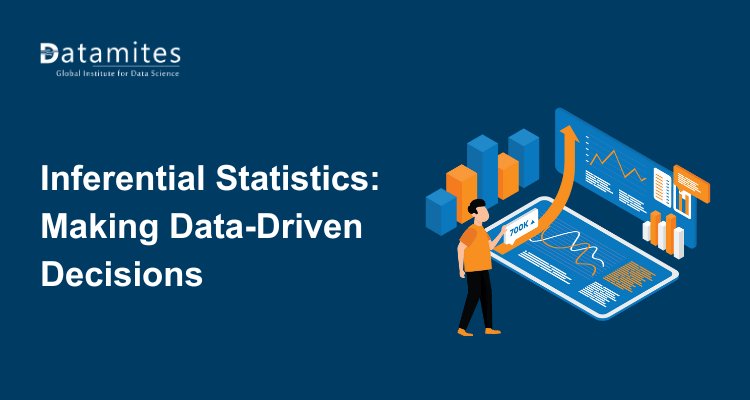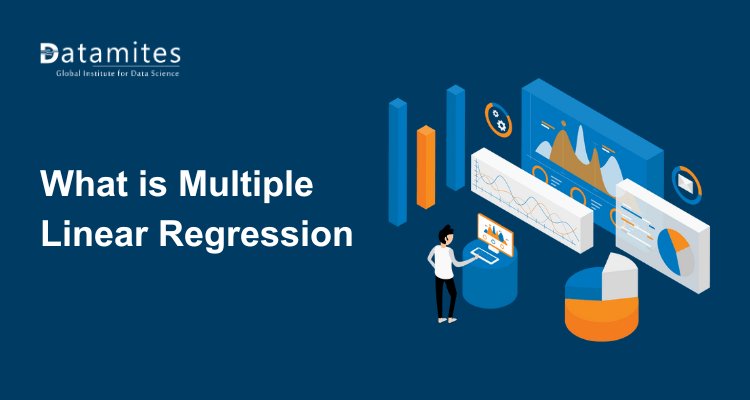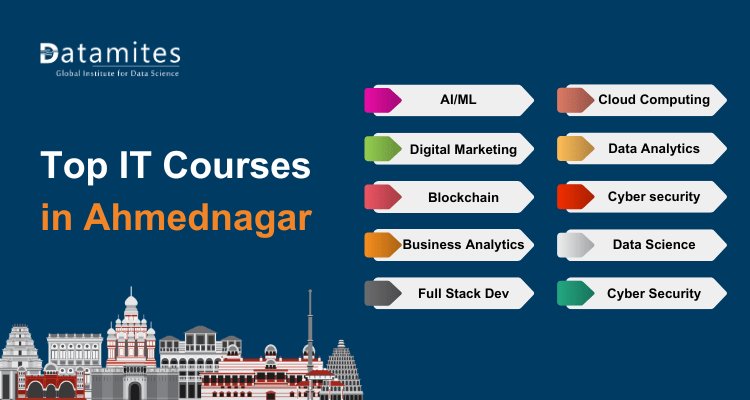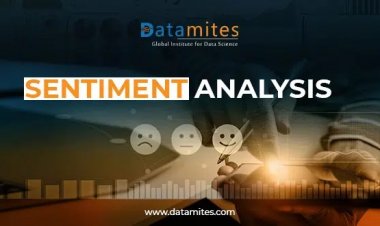Inferential Statistics: Making Data-Driven Decisions
Discover how Inferential Statistics empowers data-driven decisions through sampling, hypothesis testing, regression, and Bayesian inference. Learn the types of inferential statistics, real-world applications, and 5 examples of inferential statistics used in research, business, and data analysis.

Businesses and researchers rely heavily on statistics to make informed decisions. While descriptive statistics provide insights into historical data, inferential statistics allow analysts to make predictions and generalizations about a larger population based on a smaller sample. By understanding and applying inferential analysis in research, organizations can drive smarter strategies and policies.
This article explores the core concepts, types, techniques, and applications of inferential statistics, making it easier for professionals and students alike to harness its power.
Definition of Inferential Statistics
Inferential statistics is a branch of statistics that enables researchers and analysts to make conclusions about a population using data drawn from a sample. Unlike descriptive statistics, which summarizes data through measures like mean, median, and standard deviation, inferential statistics uses probability theory to draw conclusions, test hypotheses, and forecast trends.
The primary objective of statistical inference and descriptive statistics is to extend findings from the sample to the broader population, providing insights that guide decision-making. For instance, instead of surveying an entire city for consumer preferences, analysts can collect data from a representative sample and predict population-wide trends. This approach saves time, reduces costs, and allows for faster, evidence-based decisions.
Key Concepts in Inferential Statistics include:
- Population and Sample: The total group being studied versus a subset chosen for analysis.
- Parameter vs. Statistic: Population measures are parameters, while sample measures are statistics.
- Hypothesis Testing: Determining if a certain claim about a population holds true.
- Confidence Intervals: Estimating the range within which a population parameter lies.
Understanding these fundamentals sets the stage for exploring various types of inferential statistics and their applications in both research and business decision-making.
Refer to the articles below:
- Data Anonymization: Tools and Techniques
- Data Lakehouse: Transforming Analytics with Unified Data
- How to Become a Quantitative Analyst
Types of sampling methods
Accurate inferential statistics rely on proper sampling techniques. Choosing the right sample ensures that conclusions drawn are representative of the population and reduce the risk of bias. Below are the most commonly used sampling methods:
1. Simple Random Sampling: Every individual in the population has an equal and independent chance of being selected.
- This method minimizes selection bias and provides a true random representation, making it ideal for unbiased statistical inference.
2. Systematic Sampling: In this method, selections are made at regular intervals for instance, choosing every 10th person on a list.
- It’s simple to administer and ensures even coverage across the population, though it may introduce periodicity bias if the data follows a repeating pattern.
3. Stratified Sampling: The population is divided into distinct subgroups or strata based on characteristics such as age, income, or education level.
- Samples are then taken proportionally from each stratum, ensuring that every subgroup is adequately represented in the final analysis.
4. Cluster Sampling: Here, the population is divided into clusters, often based on geography or organization, and a few clusters are randomly chosen for study.
- This approach is cost-efficient and practical for large, dispersed populations, but it may lead to higher sampling error if the chosen clusters differ significantly from one another.
5. Convenience Sampling: Samples are selected based on accessibility and ease of collection, such as surveying nearby individuals or readily available participants.
- Although quick and inexpensive, this method often lacks randomness, making the results less reliable and more prone to selection bias.
Sampling methods form the backbone of inferential statistics in data analysis. The accuracy of predictions, confidence intervals, and hypothesis testing heavily depends on the quality of the chosen sample.
Common techniques in inferential statistics
Inferential statistics employs various techniques to draw meaningful conclusions. These techniques bridge the gap between descriptive & inferential statistics by analyzing sample data to make predictions about populations. Key methods include:
1. Hypothesis Testing
Hypothesis testing determines whether an assumption about a population parameter is supported by sample data. Common tests include:
- t-test: Compares means of two groups.
- Chi-square test: Examines the association between categorical variables.
- ANOVA (Analysis of Variance): Compares means among multiple groups.
Through inferential analysis in research, hypothesis testing helps identify data analyst trends, correlations, and causal relationships.
2. Confidence Intervals
Confidence intervals provide a range of values that likely contain the true population parameter. For example, if a 95% confidence interval for average income in a city is ₹45,000–₹50,000, analysts are 95% confident that the true mean lies within this range. This method allows organizations to make reliable predictions without surveying the entire population.
3. Regression Analysis
Regression analysis examines relationships between dependent and independent variables.
- Linear Regression: Predicts a numerical outcome based on one or more predictors.
- Logistic Regression: Predicts categorical outcomes, such as “yes/no” decisions.
Regression models are widely used in business forecasting obtaining sales analytics report, analyzing customer behavior, and risk assessment.
4. ANOVA (Analysis of Variance)
ANOVA tests the difference in means across multiple groups to determine if at least one group mean differs significantly from others. This technique is crucial in experiments, marketing studies, and product testing.
5. Bayesian Inference
Bayesian inference incorporates prior knowledge or beliefs along with sample data to update probabilities. This method is gaining popularity in finance, healthcare, and machine learning for making predictive decisions. A study by ResearchGate concludes that Bayes’ Theorem is highly effective for practical decision-making in fields such as healthcare and finance, enhancing the accuracy of predictions.
By applying these techniques, analysts can perform inferential statistics in data analysis efficiently, transforming raw data into actionable insights.
Applications of inferential statistics in decision-making
Inferential statistics plays a critical role in decision-making across industries. By leveraging 5 examples of inferential statistics, organizations can make informed, evidence-based choices.
1. Market research analysis: Companies use inferential statistics to predict consumer preferences, test new product concepts, and estimate market demand. By analyzing a sample of customers, businesses can avoid costly full-scale surveys.
2. Healthcare analysis and clinical trials: In medicine, inferential analysis in research helps determine the effectiveness of new treatments or drugs. Sampling patients and applying statistical tests allow researchers to draw valid conclusions about broader patient populations.
3. Finance and risk management: Financial analysts use inferential statistics to predict stock trends, assess investment risks, and evaluate portfolio performance. Techniques such as regression analysis and hypothesis testing are vital tools for statistical analysis and inference and descriptive statistics in finance.
4. Quality control in manufacturing of products: Manufacturers apply inferential statistics to monitor product quality and improve processes. Sampling products and analyzing defects help ensure overall production meets standards without inspecting every unit.
5. Social science research and survey analysis: Researchers studying education, sociology, or psychology rely on inferential statistics to generalize findings from survey data to larger populations, guiding policy decisions and social interventions.
These practical applications highlight how types of inferential statistics and statistical methods enable decision-makers to rely on data rather than intuition.
Descriptive vs. Inferential Statistics: Understanding the Difference
Understanding the difference between descriptive and inferential statistics is essential for effective data analysis.
- Descriptive Statistics summarize and present the characteristics of a dataset. They use measures such as mean, median, mode, range, and standard deviation to describe data, often accompanied by charts, graphs, and tables for visual representation. Descriptive statistics focus solely on the collected data, helping identify patterns, trends, and anomalies. They serve as the foundation for analysis, providing a clear overview before further exploration.
- Inferential Statistics, on the other hand, go a step further by allowing analysts to draw conclusions and make predictions about a larger population based on a sample. They employ probability theory, hypothesis testing, confidence intervals, and regression analysis to estimate population parameters and support data-driven decision-making. Inferential statistics are widely used in research, business forecasting, healthcare studies, and social science surveys, enabling analysts to generalize findings beyond the immediate dataset.
While descriptive statistics summarize existing data, inferential statistics allow for predictions, conclusions, and evidence-based decisions, making them indispensable for strategic planning and advanced research. Both approaches complement each other. For example, descriptive statistics provide an initial understanding of the data, while inferential techniques allow analysts to make statistical inferences for strategic decisions.
Refer to the articles below:
- Top Industries Leveraging Data Analytics in Pune
- Why Pune is Emerging as a Top Data Analyst Hub in India
- Why Data Analytics Career in Pune
Inferential statistics enables researchers and business leaders to make data-driven decisions by combining descriptive statistics with advanced techniques. Mastering sampling methods, hypothesis testing, regression, and Bayesian inference, along with understanding 5 examples of inferential statistics, allows professionals and learners pursuing data analyst courses in Pune to transform data into actionable, evidence-based insights across industries.
DataMites Institute provides comprehensive, career-oriented programs in Data Science, Python, Artificial Intelligence, Data Engineering, IoT, and data analytics training in Mumbai, offering flexible learning options such as online classes, in-person training, and live internships. Accredited by IABAC and NASSCOM FutureSkills, these programs deliver globally recognized certifications while emphasizing hands-on experience through real-world projects, expert guidance, and portfolio development ensuring learners acquire the analytical and technical skills essential for thriving in data-driven careers.
With a strong presence in major Indian cities including Bangalore, Mumbai, Hyderabad, Chennai, Ahmedabad, Jaipur, Coimbatore, and Kolkata, DataMites provides data analyst courses in Mumbai through both online and offline formats. This dual approach allows learners to gain practical exposure, earn international certifications, and confidently advance their careers in data analytics, complementing Nagpur’s smart city initiatives and the broader goal of sustainable, technology-led growth.





